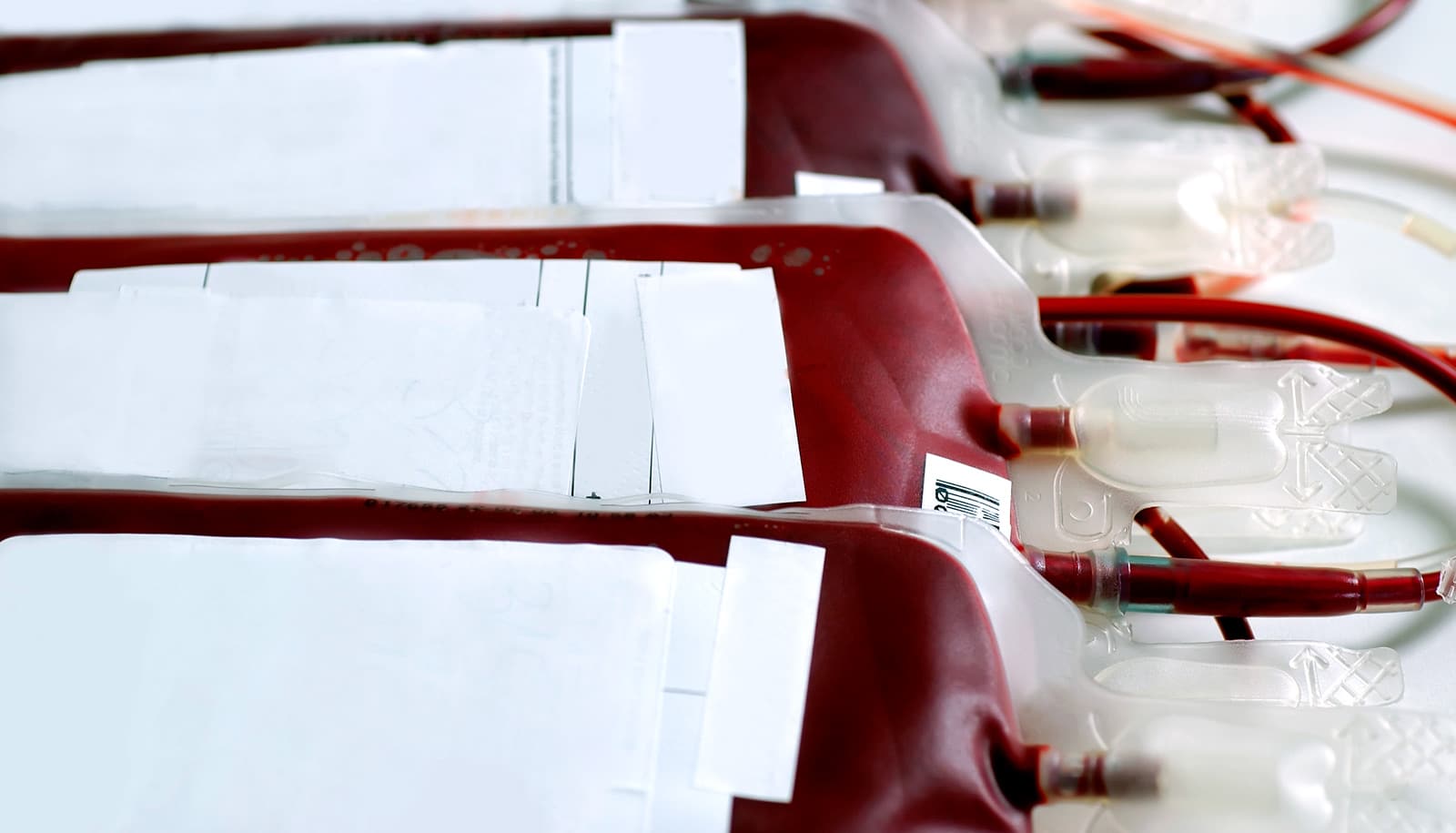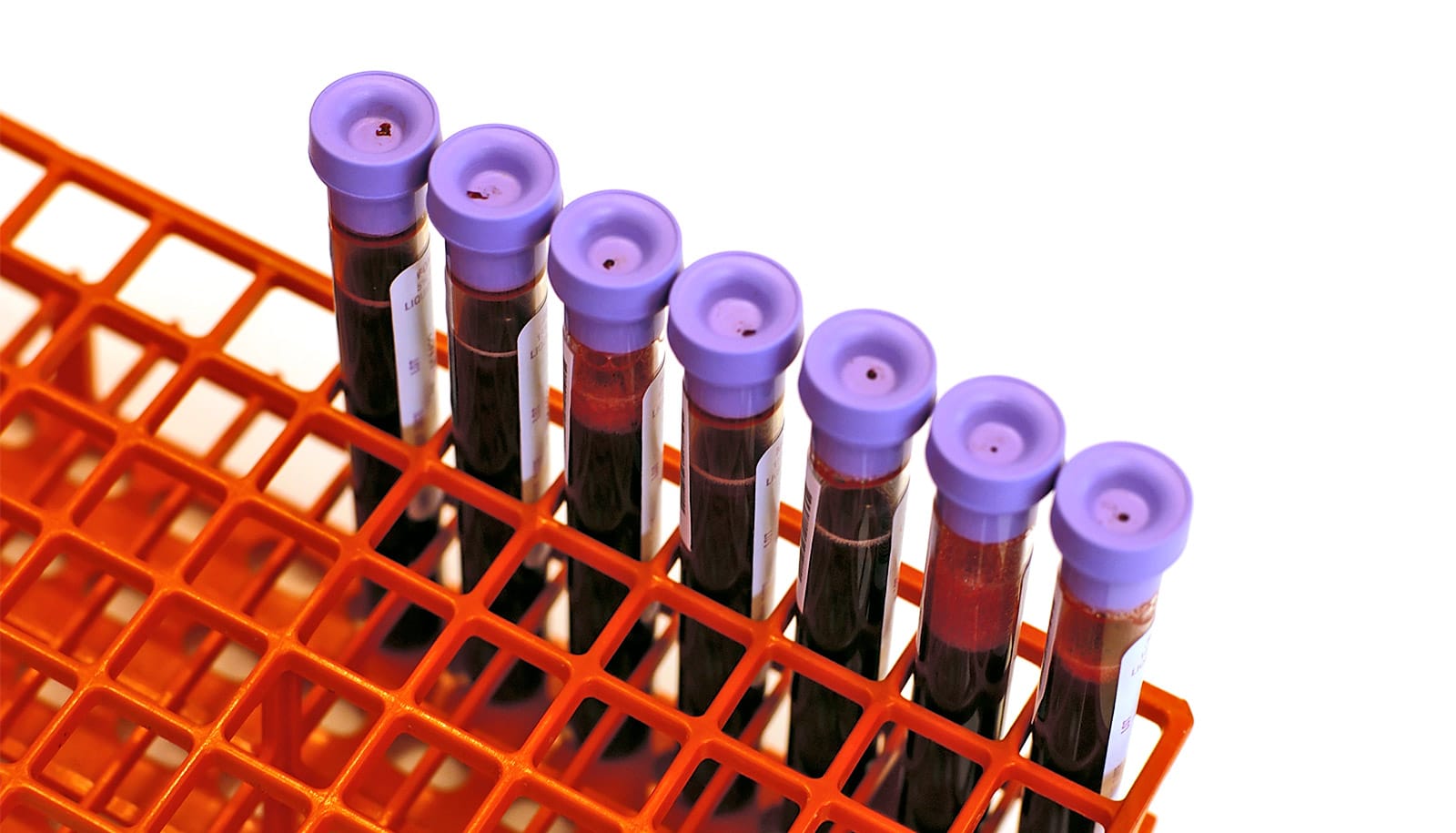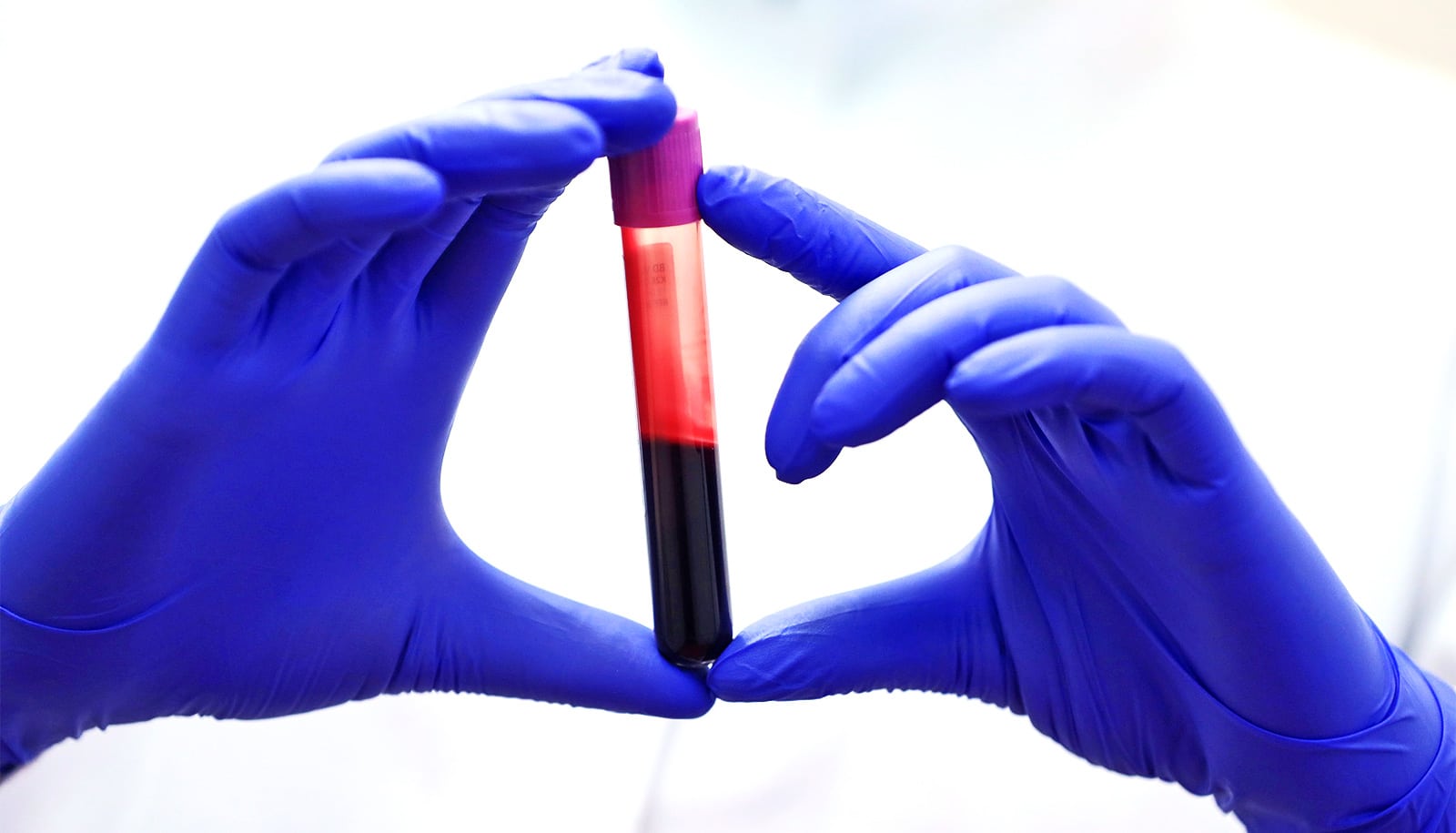A 1990 World Health Organization initiative requiring the establishment of centralized blood banking facilities in sub-Saharan African countries is now having unintended negative consequences, experts say.
To combat this, WHO should amend its policy and support the establishment of a hybrid system that maintains centralized services but also allows for transfusion facilities at local and regional hospitals, writes Anthony Charles, associate professor of surgery at the University of North Carolina at Chapel Hill School of Medicine in a commentary published in the Lancet.
The goal of the WHO policy has been to ensure centralized screenings and testing to help eliminate the spread of infectious diseases like HIV.
But for Charles, who leads UNC’s Malawian Surgical Initiative, the policy is now a roadblock to the delivery of acute care surgery and obstetrics. His work in Malawi is based at the Kamuzu Central Hospital in the capital city of Lilongwe. Malawi’s centralized blood bank facility is in Blantyre, nearly 225 miles away.
“We know we are losing patients because of this. We also know that more Africans are dying from trauma than from HIV.”
“If you’re in a car crash and you’re bleeding to death, the blood we need to save your life is often not available locally and delivery is dependent on a centralized facility that may be hundreds of miles away, across a country without mature roads and blood product distribution networks,” Charles says. “We know we are losing patients because of this. We also know that more Africans are dying from trauma than from HIV. It is time for this policy to be amended.”
In a hybrid system, acute crises could be addressed through in-hospital blood banking, with larger centralized facilities maintained for patients with chronic anemia who require regular transfusions.
In addition to ensuring an adequate supply of blood is available for patients at the point of care, this hybrid model would help to mitigate two other issues caused by the policy.
It costs about 20 cents to build this blood centrifuge
First, centralized blood banking is expensive due to the cumbersome process of transporting the blood back and forth between hospitals and the central facilities. With the combined cost of storage and transportation, the centralized system currently mandated by the WHO is estimated to be up to eight times more expensive than hospital-based blood banking.
Additionally, centralization has led to an inconsistent supply of blood that can sometimes reach dangerously reduced levels. Many of these blood banks are located in major cities and rely on college students as volunteer donors. During the portions of the year when university is not in session, the supplies can get critically low.
The amount of donation from patient family members has also dropped by half since 2004.
“If a physician tells a family member to donate their blood in order to save their loved one, they have great incentive to do it,” Charles says. “Under the current policy we have to say ‘if you donate your blood, we have to ship it off to another facility for testing and there’s no way to guarantee that your relative will actually receive any blood.’ Obviously less people are interested in that.”
Under the proposed hybrid system, patients and families would be tested on site and the blood would then be immediately available for transfusion. Many of the larger hospitals in Sub-Saharan Africa already have the lab facilities and personnel to adequately test and ensure that blood is safe for transfusion, and the establishment of this hybrid system can be done relatively quickly and at a reasonable cost by utilizing the infrastructure already in place.
“The establishment of the current policy was commendable and well-intentioned, but the time has come to change the policy and allow for greater flexibility,” Charles says.
“The hybrid model will allow us to maintain testing and infection control protocols, reduce costs, increase and stabilize the supply, and, most importantly, save lives.”
Other researchers from UNC and Kamuzu Central Hospital in Lilongwe, Malawi are coauthors of the work. Funding came from the North Carolina Jaycee Burn Center and the UNC surgery department.
Source: UNC-Chapel Hill



